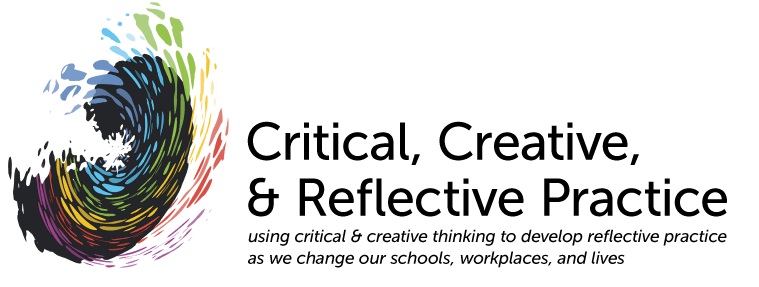Source: Calhoun (1994)
Action research (AR) is a rolling model that asks you to study what is already happening, decide if you can make it better by changing what you already do and how you relate to those around you (at micro and macro levels), study the effects, and then begin again. AR gets the people who will be affected by the change to participate in shaping the change. Simply stated, we are more powerful working together than we are individually.
- Methods are structured for continuous confrontation with data about how an organization is working, how healthy it is.
- Movement through 5 phases of inquiry loosely guides these methods:
- Select an area to focus on – “the problem”.
- Collect data
- Organize data
- Analyze and interpret data
- Take action
- These phases overlap and action researchers often go back and forth between them before going or while going further.
- The study of literature and research enhances on-site research.
- The process must be conducted by people internal to the organization and a part of the day to day activity.
- Internal people can make every day choices that create improvement.
- It is important to realize that the change must come from within ourselves, and resist the temptation to believe that others must change.
- Areas that can be varying in AR:
o How many people are involved
- Individual
- Small group with as few as two
- Entire organization
o There is equity for the whole organization because all people benefit (not just those involved in the area of research)
- Steps for establishing a conceptual framework:
- Establish a common goal
- Regularly collect and share information about the goal
- Make collective decision
- It’s important not to get stuck in the readiness and planning stages that can prohibit actual AR. “Just do it”.
Recommendations for the initiation and maintenance of action research that will support successful implementation:
- The whole group seeks greater equity for all.
- There is public agreement about how decisions are made.
- There needs to be a committed facilitation team willing to lead the action research process and meet regularly.
- Study groups or liaison groups meet regularly functioning as small learning communities within the larger community.
- Awareness and some understanding of the AR cycle.
- Technical assistance – an objective outsider who can provide support.
Beliefs that Support Action Research
If your co-workers or community display behaviors that reflect a high degree of integrity with these beliefs, there is receptiveness to AR.
1. Belief in
collective problem solving – AR means we have to change our current, comfortable habits of interacting with one another. Moving to problem-solving interaction focused on collecting and using information for the common good may produce turmoil, commotion and passive resistance. We may need to acquire new patters of interpersonal behavior and how we spend our workday. Both the modifications themselves along with learning new patterns of behaviors may generate anxiety in us as well as our colleagues.
2. Belief in the value of
information to inform decisions – Most work is usually kept private. In AR both inquiry and its results must become public. We don’t want to keep secrets from our colleagues. When we keep the results private we isolate ourselves and our colleagues from both the technical and social nurturance available within our professional learning community. Even when there is consensus about the goals, our collective action can easily fall apart when it comes to sharing results of our actions.
3. Belief in the
developmental nature of implementation – Learning the AR process will be personally messy and organizationally cluttered but our efficiency will increase with practice and experience. We are not “perfect” when we are beginners. The complexity of learning to work together to study and publicly share on-site data and to operate as a learning community requires public commitments and collective energy. Be patient.
Quick start to AR
Phase 1 – Identify an area of interest
Phase 2a – Leadership team identifies data to be collected immediately
Phase 2b – Task force collects data
Phase 3-4 – Share results
Compare results with perceptions
Compare with desirable future outcomes
Phase 5 - Determine if action is needed
If ‘yes’- take short term action immediately and plan for long term action
AR has the potential to help in self-renewal for these reasons:
- It emphasizes individual interactions within a group setting to support changes in behavior.
- The cycles of fact-finding feed decision-making and revising and evaluating actions.
- It is useful for addressing large-scale social problems – often improvement requires resocialization.
- It goes beyond acquisition of knowledge toward action steps within context studied.
- Provides opportunities for all actors within the community to be engaged in group investigation and active problem solving.
(Original page by Mary Frangie)
